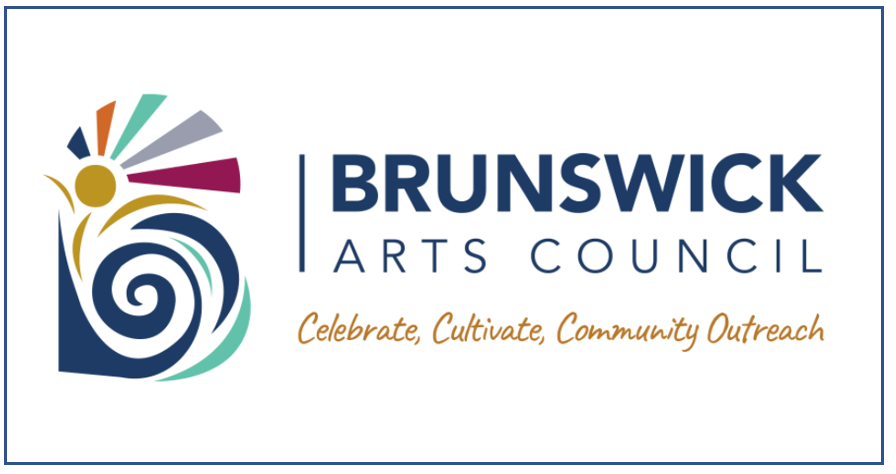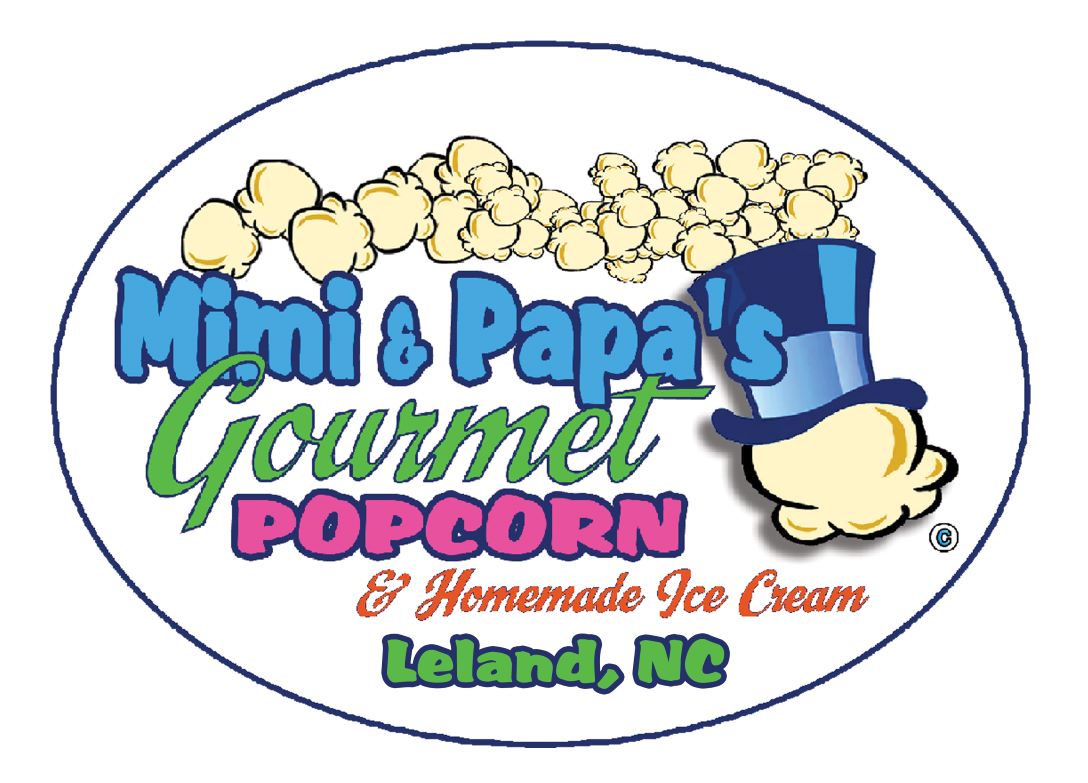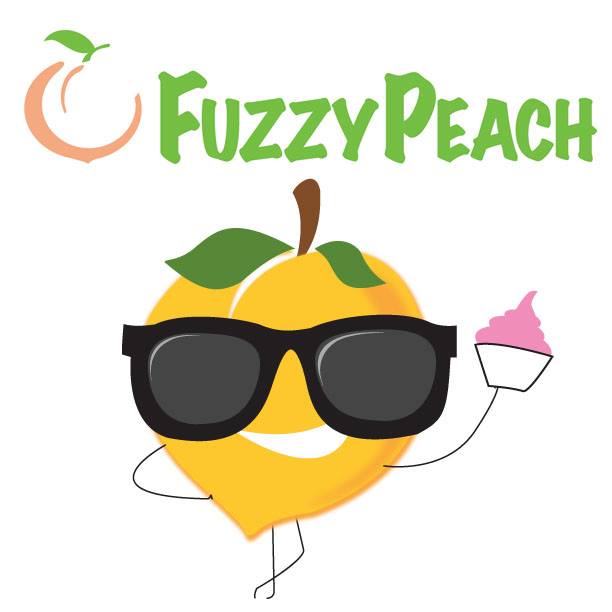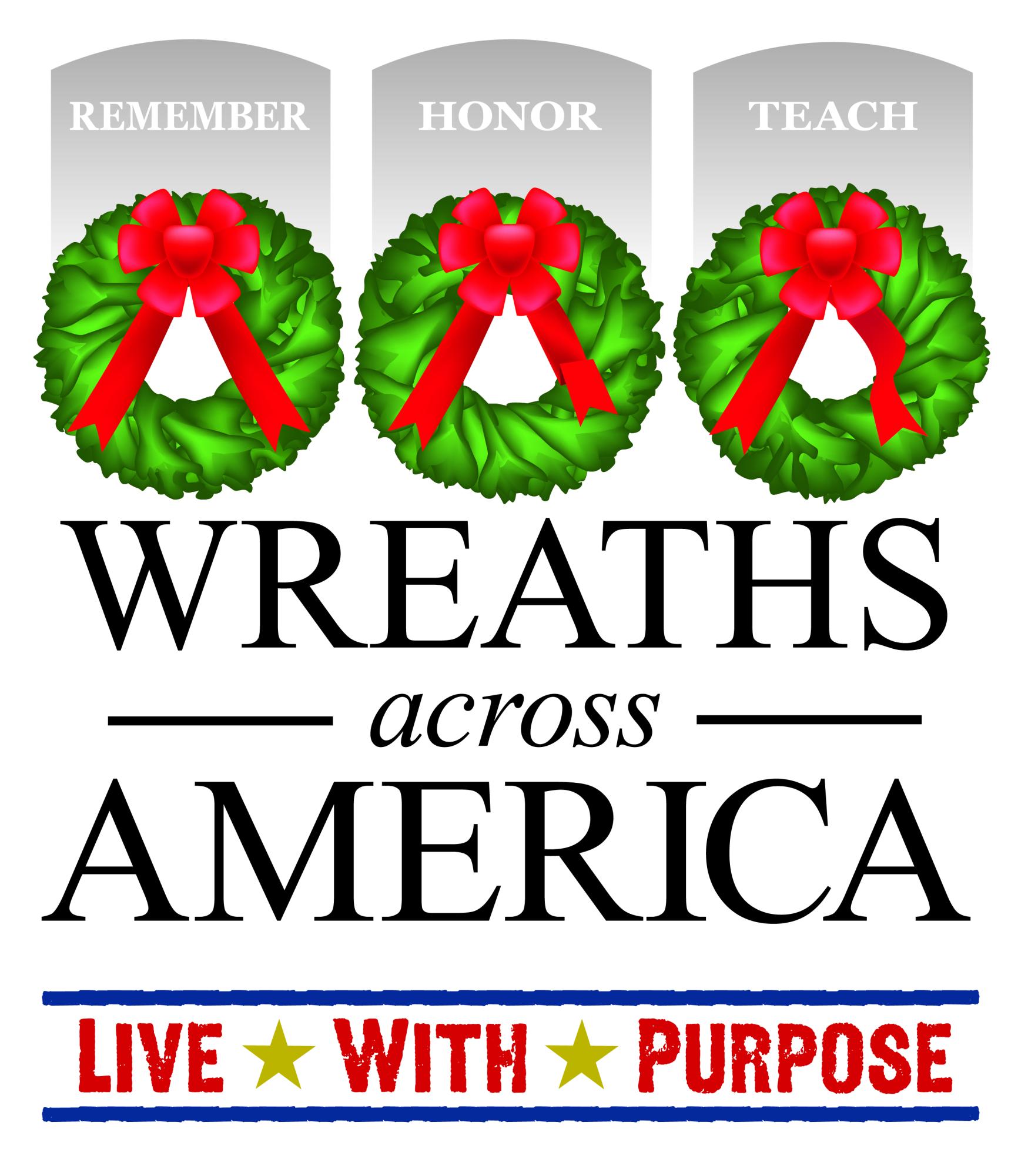Gullah Geechee Rice Dishes
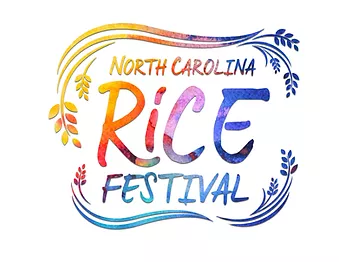
Contributed by the NC Rice Festival
The North Carolina Rice Festival
September 3, 2022
Gullah Geechee Rice Dishes
By: T. Galloway
During the March 2022 North Carolina Rice Festival, there was some buzz going around about how there was no actual rice or rice products at the event. The rice festival gets its name from the significance of rice plantations in our area, but rice itself also has cultural significance for Gullah Geechee peoples.
In particular, the “Harvest Moon”, which is significant in various media and pop culture, originated from Native Americans who used the first full moon of September to indicate the beginning of the harvest season. According to AGAmerica.com, this is when the crops planted during the summer would be ready for reaping, and the days would begin to get longer, giving them extra sunlight to harvest crops later into the night. We recognize this as a part of daylight savings time!
For enslaved people on rice plantations, this meant they would be driven longer to harvest rice, which is how the term “Rice Moon” became popular in our area. Culture and history are best kept through family recipes, and it is no coincidence that rice is an integral part of Gullah Geechee culture. It is especially interesting how our rice dishes compare to West African rice dishes, which I will touch on later.
Gullah Geechee Rice Menu:
Gullah Rice (or Red rice)
Gullah/Red Rice, according to The Washington Post, is rice cooked in tomatoes or tomato paste, with onions, sausage, and other meats/vegetables. Red rice in particular is very similar to jollof rice, which is popular in many different African countries, and has its regional differences.
Hoppin John (or Carolina peas and rice)
Hoppin John is a dish my mother informed me of, which is rice, black eyed peas, and fatback or some other fatty pork product. Different families have different stories behind the name “Hoppin John”, but FarmersAlmanac.com says it has something to do with a black man with a limp in Charleston. The dish is served on New Year’s day, signifying good luck.
Carolina Crab Rice
Carolina Crab Rice is rice with bacon, crab meat, and vegetables like celery onions and bell pepper. Being on the coast, seafood dishes were accessible to slaves and very common in Gullah Geechee dishes.
Chicken Bog
Chicken bog is rice with chicken, sausage, celery, onions, and other vegetables. This is another dish that was fulfilling, and accessible to slaves, and therefore passed down through generations.
Neckbones and Rice
Neckbones are cuts of beef that come from the neck of the cow, and are similar to oxtails or short ribs according to TheHungryHutch.com. These cuts of meat are known for being cooked low and slow, becoming incredibly tender and in turn going great with rice. The dish may include onions and some type of gravy, but the main ingredients are its namesake. I believe the use of neckbones as opposed to other cuts of meat may have been due to the “Don’t waste any part of the animal” mentality, and the less desirable cuts being left for the slaves.

